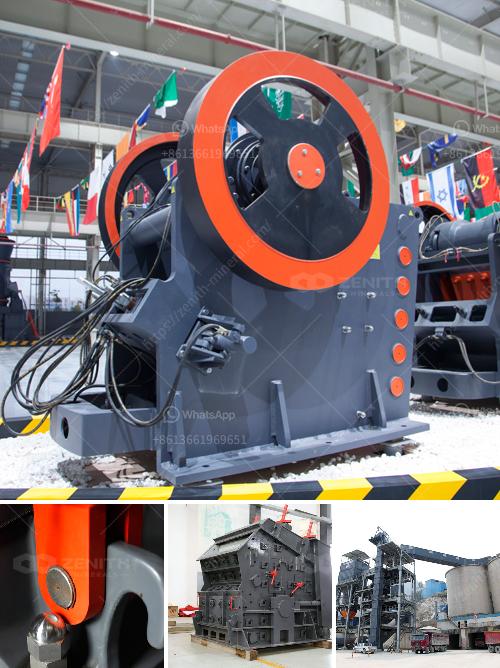A 50tph (tons per hour) gold ore mining plant involves several stages and components to ensure efficient processing and extraction of gold. Here's a brief outline of what such a plant typically entails:
1. Crushing and Screening
- Primary Crusher: Jaw Crusher to reduce large rocks to smaller sizes.
- Secondary Crusher: Cone Crusher or Impact Crusher to achieve finer crushing.
- Screening: Vibrating screens to separate materials by size.
2. Grinding and Classification
- Ball Mill or SAG Mill: For grinding the ore into fine particles.
- Hydrocyclones: To classify the ground material by size.
3. Concentration Process
- Gravity Separation: Using jigs, shaking tables, or spiral concentrators to separate gold from other minerals.
- Centrifugal Concentrators: To further concentrate fine gold particles.
4. Leaching and Adsorption
- Leaching Tanks: Cyanide solution is often used to leach gold from the ore.
- Adsorption Tanks (CIL/CIP): Activated carbon is used to adsorb the gold from the leach solution.
5. Gold Recovery
- Elution and Electrowinning: To desorb gold from the activated carbon and recover it via electrodeposition.
- Smelting: To produce gold doré bars.
6. Tailings Management
- Tailings Storage Facility: To safely store and manage waste material.
Additional Considerations:
- Water Supply and Management: Essential for various processes, including grinding and leaching.
- Power Supply: Ensuring consistent and reliable power for operation.
- Environmental Compliance: Adhering to regulations on emissions, waste management, and land restoration.
These components and processes are tailored to handle 50 tons of ore per hour, optimizing for both efficiency and sustainability.

